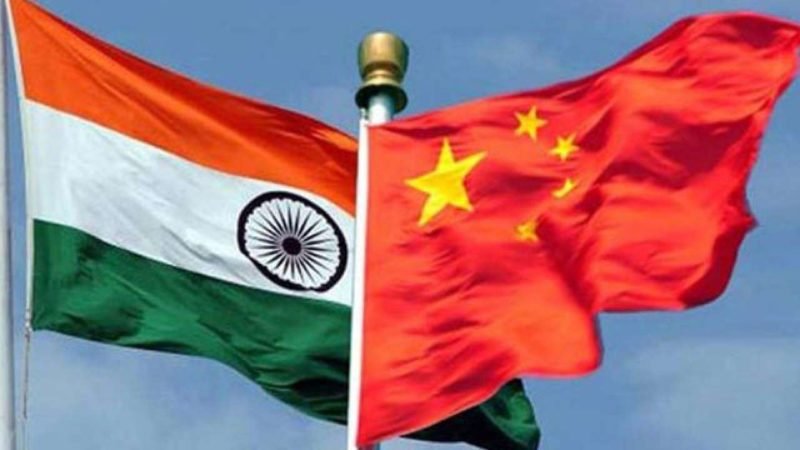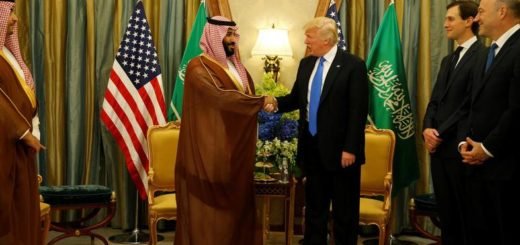India and China Are Fighting Two Wars: COVID-19 and Economic Endurance

Since the beginning of this new year, India and China are facing two crises. The ongoing pandemic novel coronavirus (COVID-19) being the one, and the effects on the economy of both the emerging superpowers is the other major threat to be followed with this human-to-human transmission disease.
Read: China’s Mask Diplomacy: A Face Saving Act

China, since November 2019 when its first coronavirus positive case was reported (according to media reports on unpublished Chinese government data), has at least more than 82,700 corona infected cases and more than 4600 casualties. The threat of this disease was such that China was the first nation to put a lockdown into effect to break the chain of transmission of the virus and curb the spread of coronavirus across the nation.
In India, on January 30, the first COVID-19 case was reported in the state of Kerala. Being the second most populated nation in the world after China, already under lockdown due to outbreak of epidemic on a large scale, it was natural for our Central and States’ government to panic. Prime Minister Narendra Modi, on March 24, announced the largest lockdown in human history of 21 days and that to continue till May 3, thus, making it of 40 days, keeping under consideration the rise in corona positive cases with each passing day.
International Monetary Fund and World Bank sources, since last week, accepted the fact that the world at large is on the verge of the economic recession of scale, that it had never been witnessed. The recent statistics also reported that China’s economy shrank by 6.8% in the first quarter of 2020. As economic activities in China were obstructed since December last year, China witnessed such a downward trend in the last three decades.
The economic effects of lockdown would be devastating for a nation like India, where more than 82% of the workforce is employed in an unorganised sector (according to International Labour Union), and its millions of migrants and daily wage labourers. India is under complete lockdown since March 25, therefore, all economic, infrastructural, construction activities across the nation are blocked except few essential services.
International Monetary Fund’s projection of 1.9% of GDP growth expected the worst economic growth rate of India since 1991. The Reserve Bank of India has announced many measures and injected funds into the economy, to generate liquidity for the last two weeks. However, the global financial markets remain to remain volatile and cut off of the Foreign Direct Investment in various sectors of the Indian economy had adversely affected the nerves of our economic structure.
New Delhi and China, presently, both need to underline and work upon the strategy to move forward together in this war against pandemic coronavirus and also think how to start economic progress in their respective nations. The Indian manufacturing sector and tourism and service industries need massive funds to contain the demand of public Being the agricultural-based economy, Indian farm labourers can take advantage of this situation as farmers are currently harvesting and marketing their rabi wheat, mustard and other harvested crops and feeding a nation of a population of more than 1.3 billion people.

The main challenge, various stats and Central officials, is to maintain social distancing amid the ongoing pandemic. The task before the Union government is to make sure the production, maintenance and supply chain of food grains and other essential items to continue. However, that would be a herculean task before authorities keeping in the legitimacy of the principle of lockdown and social distancing.
Whereas in view of this catastrophic and long-term disruption, there is another perspective, that the village-based economy could be another way out that can help in providing employment to millions of people in both the nations. The government need to play a critical role and have to be proactive in meeting the demands of the general public. By all the virtue, it is imperative that first, this pandemic needs to be addressed and the curve needs to be flattened and then move further for economic restructuring keeping the fundamentals of economy strong.
India and China, both were the fastest-growing states in the world, and the present economic landscape involves governments and central bank (as well as international financial organizations) to play a leading role in putting their respective economies back on track after the period of lockdown gets over and people goes back to work as pre-COVID days and embark upon the path of economic growth and development with social and health security.


















